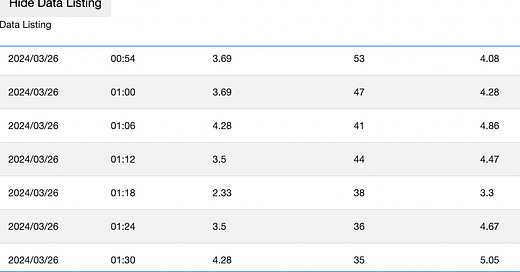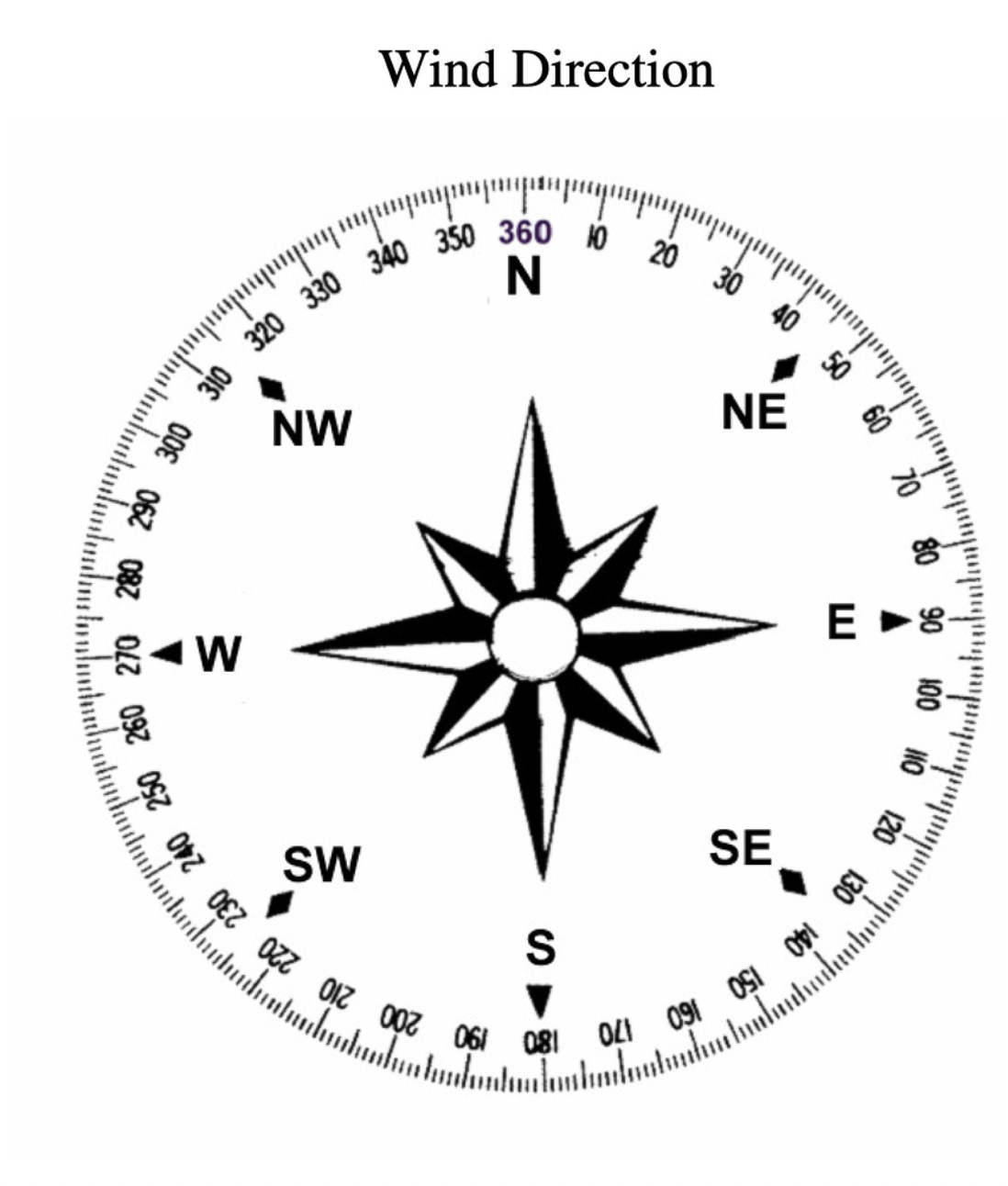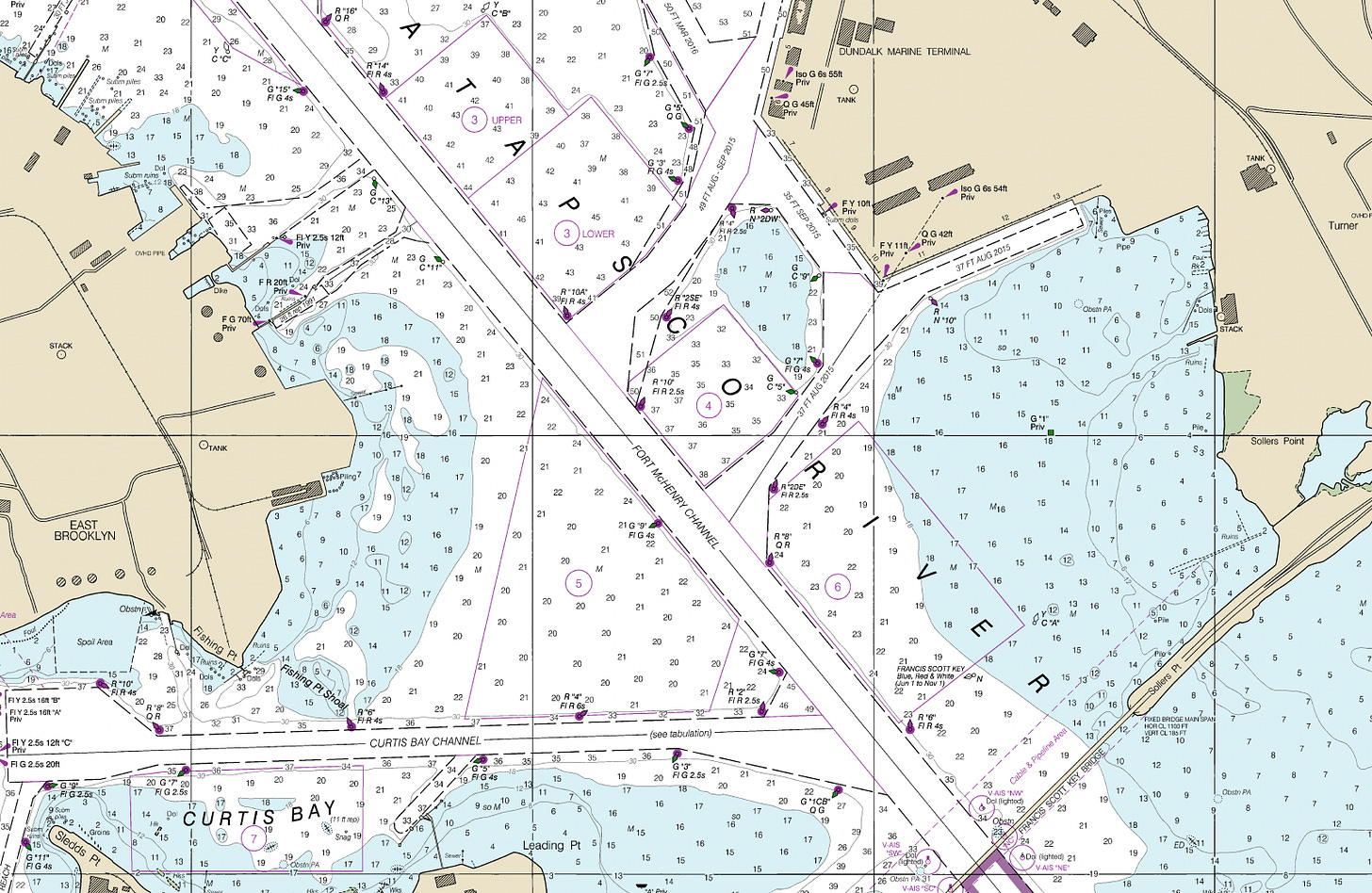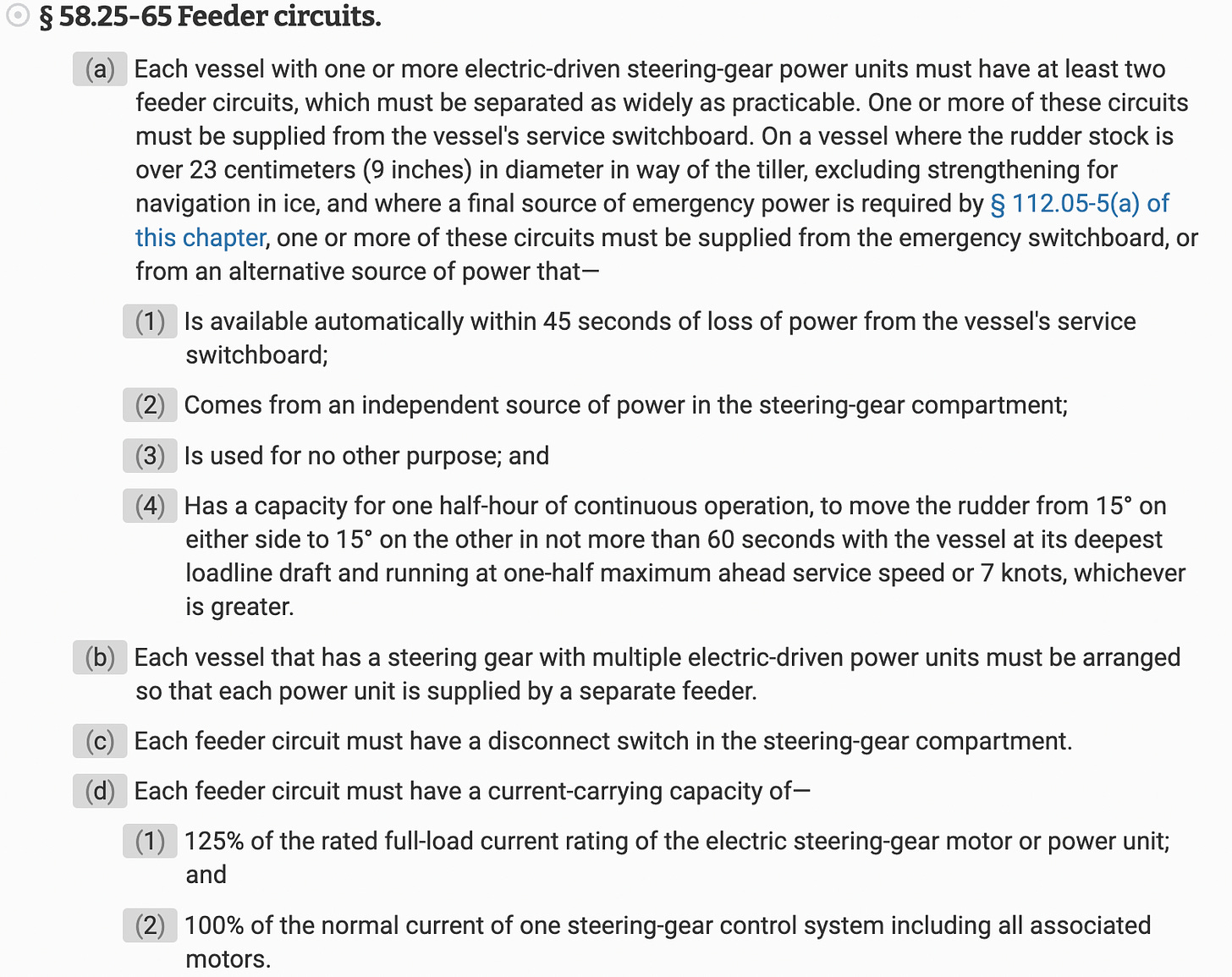Still No Plausible Account of Bridge Strike
Media reporting on Voyage Data Recorder raises more questions than it answers
I still haven’t seen a plausible explanation of why the Dali cargo ship did not simply hold his course in the channel and glide under the bridge after losing power. This being the case, I wonder why the Biden administration immediately offered to foot the bill for the entire disaster without first determining if Maersk Line (the ship’s operator), the local pilot, or some other actor bears responsibility.
Media reporting of the Voyage Data Recorder (VDR) sheds zero light. CBS News and the Independent newspaper the same account of the fragmentary VDR information released by “federal investigators” to the press. It seems to me that these reports raise more questions than they answer.
VDR Information (reported in media)
1:07am, the vessel entered Fort McHenry Channel.
1:24am: Numerous alarms were recorded on the ship’s bridge audio. Around the same time, the voyage data recorder (VDR) stopped recording the vessel’s system data, but was able to continue taping audio from an alternative power source.
1:26am: The VDR resumed recording the Dali’s system data and captured steering commands and orders about its rudder.
[Author John Leake’s Note: What were the steering commands to the rudder? This is the essential question that needs to be answered. I REPEAT: Ascertaining these “captured steering commands” should be a key focus of the investigation].
That same minute, the pilot issued a very high frequency radio call to nearby tugboats requesting assistance for the stricken vessel. Data from the Maryland Transportation Authority (MDTA) showed that the pilot association dispatcher called the MDTA duty officer about a blackout.
1:27am: The pilot ordered the Dali to drop the port anchor, along with other steering commands. The pilot also issued another high frequency radio call, reporting that the ship had lost all power and was approaching the Francis Scott Key Bridge.
1:29 am: The Dali was moving at just under 8 miles per hour. The VDR recorded 33 seconds of sound “consistent with” the vessel colliding into the bridge, the NTSB wrote.
As I noted in my last post on this disaster, reports of a 10 knot breeze blowing on the vessel’s port beam are FALSE.
The following is a statement of wind data recorded at NOAA’s the Francis Scott Bridge station at the time of the collision:
Note that at 01:30 a.m., the wind was blowing 4.28 knots from 35 degrees and gusting to 5:05 knots. As I have replied to some reader comments, this 4 to 5 knot breeze on the port quarter would be largely cancelled by the 8.7 knot apparent wind on the vessel’s nose as it traveled 8.7 knots on a southeast heading down the channel.
Moreover, a 4.5 knot breeze is barely enough to move a weather vane or rustle a flag. Yes, the stacked containers create a great deal of windage, but one must remember that the Dali’s has a 1000 foot hull with a draught of 49 feet, which creates enormous lateral resistance to even extremely high cross winds.
Other commentators have asked me to consider the factor of prop walk, which is known to affect single prop vessels at slow speeds, especially in reverse. This would not be a significant factor on a 95,000 ton vessel traveling 8.7 knots at the time it lost propulsion.
In contemplating this report of the VDR (released to the press by “federal investigators”) consider that the Dali is a Neo-Panamax container ship constructed by Hyundai Heavy Industries in South Korea in 2015 and is probably worth somewhere around 150 million dollars. Hyundai vessels have a long history of top safety and performance ratings.
As one would expect of such a valuable vessel, it is equipped with multiple layers of security to maintain steering control in the event of loss of the vessel’s primary power.
These multiple layers of security for maintaining steering control are mandated by the U.S. Code of Federal Regulations and the International Convention for the Safety of Life at Sea (SOLAS), 1974
Per Subpart 58.25—Steering Gear of the Code of Federal Regulations—a large vessel must be equipped with Auxiliary Steering Gear and Auxiliary Power.
Curious readers who take the time to read this entire section of the code will understand why a loss of primary power should NOT impede the pilot from maintaining his course while steaming 8.7 knots in the middle of a deep ship channel on a clear and windless night.
Two paragraphs of Subpart 58.25 are relevant to this disaster:
In addition to primary and emergency power, many modern cargo ships are also equipped with Uninterruptible Power Supplies (UPS) that are battery powered, though I haven’t ascertained if the Dali (operated by Maersk Line) was equipped with a UPS system.
It’s important to note that Auxiliary Steering Gear and Auxiliary Power (automatically available within 45 seconds of loss of power) are NOT optional. They are required by U.S. and International law.
If Maersk Line failed to maintain these systems or provide proper training to its crew in their use, it raises the question of why the Biden administration immediately declared that the U.S. federal government would foot the bill of the disaster.










“wonder why the Biden administration immediately offered to foot the bill for the entire disaster”
Just reading the tea leaves: More billions of taxpayer dollars distributed to cronies in the smash-and-grab being perpetrated by insiders who know the meltdown is coming and want to feather their nests before it tanks. The illusion that the government is anything other than a vast criminal enterprise is dissipating like the morning mist.
The real question is was this Palestine Ohio train derailment part 2, death by a thousand cuts from the Globalists? Why were there 13 containers "hazardous" materials shipped from CDC to Sri Lanka?